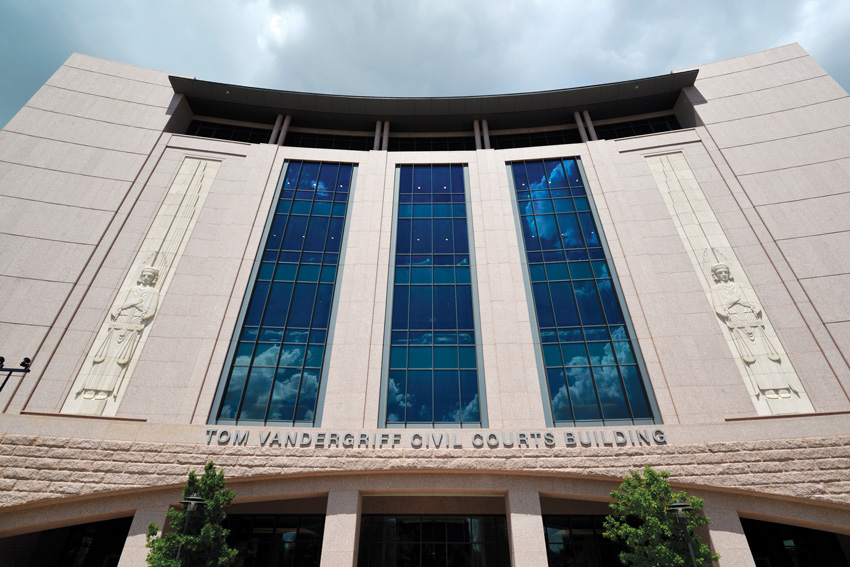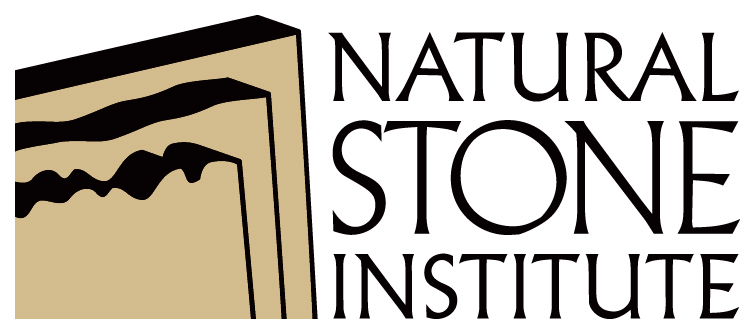Understanding Anchorage Systems for Natural Stone Cladding
 1 AIA LU/HSW; 1 IDCEC CEU/HSW; 0.1 IACET CEU*; 1 AIBD P-CE; AAA 1 Structured Learning Hour; This course can be self-reported to the AANB, as per their CE Guidelines; AAPEI 1 Structured Learning Hour; This course can be self-reported to the AIBC, as per their CE Guidelines.; MAA 1 Structured Learning Hour; This course can be self-reported to the NLAA.; This course can be self-reported to the NSAA; NWTAA 1 Structured Learning Hour; OAA 1 Learning Hour; SAA 1 Hour of Core Learning
1 AIA LU/HSW; 1 IDCEC CEU/HSW; 0.1 IACET CEU*; 1 AIBD P-CE; AAA 1 Structured Learning Hour; This course can be self-reported to the AANB, as per their CE Guidelines; AAPEI 1 Structured Learning Hour; This course can be self-reported to the AIBC, as per their CE Guidelines.; MAA 1 Structured Learning Hour; This course can be self-reported to the NLAA.; This course can be self-reported to the NSAA; NWTAA 1 Structured Learning Hour; OAA 1 Learning Hour; SAA 1 Hour of Core Learning
Learning Objectives:
- Discuss the main external forces that affect natural stone cladding, and explain why anchorage systems are needed to create a durable installation.
- Describe the three elements of a natural stone anchorage system that ensure a safe and long-lasting exterior cladding installation and that can support sustainable building practices.
- List the various types of natural stone anchorage systems available.
- Explain the importance of proper fill used around the anchorage embedments to ensure a durable and sustainable exterior cladding system.
This course is part of the Natural Stone Academy
Forces that Impact Natural Stone Cladding
Stone cladding panels will be subjected to gravity and to applied loads, such as wind load, thermal movement, and seismic movement—anything that impacts the building’s structure. The three primary forces that can affect the safety and security of natural stone cladding are gravity, wind load, and seismic load.
Gravity is an obvious force and is best understood by considering the very physical characteristic of stone as a heavy material. Gravity is a vertical force, and it is proportional to the mass of an object—in this case, a stone panel. The heavier the stone, the more work the anchor needs to do to secure it to the structure.
Wind load is a slightly more complicated concept than gravity, and it is much more complicated to predict and protect against. When wind encounters a building, it exerts pressure on the walls—and thus the cladding. This pressure can be both positive, with the wind pushing directly on the cladding, or negative, with the wind pulling outward on the wall, or essentially “sucking” the cladding. In most cases, negative wind loads on buildings tend to be stronger than positive loads. Corners and areas with raised or lowered surfaces typically experience the highest loads. The pressure that is put on the cladding depends on the building design. Wind loads are expressed in terms of pressure, either in pounds per square foot (lbs/ft2) in U.S. customary units, or in pascals (Pa) in SI units.
With dimension stone cladding, the wind loads will always be proportional to the area of the stone panel. This means that a strong wind on a large panel will exert more force than the same wind on a smaller panel. In cases with negative wind pressure, force on the stone can act in inverse, creating suction. Depending on the geometry of the anchor clip design, in some cases, wind loads can exert forces on the anchor clips that are cumulative with the gravity forces. This is always the case when negative wind loads are experienced by soffit stones. A building’s size, shape, height, location, and neighboring buildings all can influence wind loads.
Seismic loads stem from earthquakes and aftershocks, and they are unquestionably the most complicated loads to determine since the load can be both perpendicular and parallel to the face of the stone. As with gravity, this load is also proportional to the mass of the stone panel. Because seismic activity is not usually associated with high-wind events, standard building codes rarely require that building design consider a combination (or cumulative) load of seismic and wind loads. That said, in cases where forces perpendicular to thin stone cladding faces are expected, the wind loads in most cases will be greater than potential seismic loads, and thus will govern most design decisions.
Building codes for seismic loading vary among locations. Some regions are prone to significantly strong earthquakes, which can exert extreme force on the buildings and the exterior cladding. Compared to regions where earthquakes are infrequent, these buildings will have much higher seismic load requirements. These requirements are determined by the probability of seismic action and the maximum possible intensity of the quake.
Regardless of the type of load, designers and builders need to understand how the actual load path works for natural stone cladding and ultimately how different loads affect that path. Load paths are foundational to structural engineering, and they consist of two distinct phases: first, building professionals must identify and quantify the loads; second, they must understand how that load gets transferred downward to the ground. These calculations are typically done by the structural engineer, not the architect.

Tarrant County Civil Courthouse, Fort Worth, Texas
When installing exterior natural stone cladding, to ensure safety and durability, each piece of the load path is important, and building professionals should understand how each works individually, as part of the building system, and in response to the various forces.
As noted above, the three natural forces that impact natural stone cladding are gravity, wind load, and seismic load. On the most basic level, the load path begins with the individual stone panel, and it is transferred through the anchor to the building structure and frame, down to the foundation and footings, and eventually down to solid ground. Each piece of the path is important, and building professionals should understand how each works individually, as part of the building system, and in response to the various forces. The stone panel, the anchor, and the connection to the building are usually the three components for which the stone installers are responsible; however, they should plan to work closely with contractors to ensure that the entire system is safe and secure.
Designing to Withstand the Forces of Nature: Anchorage Systems
Anchors, which secure dimension stone to the building frame, are critical to the safety and durability of a building’s external cladding. The anchorage systems must be chosen or designed to meet the specific needs of each individual project; anchors are definitely not “one size fits all” so each project needs to be engineered and designed based on the elements that affect the specific building.
From a structural standpoint, the stone panel is best thought of as a beam. That is, it receives a uniform load along its span, and it carries that load to the anchor points. These anchor points are usually found along the stone panel’s perimeter. When the panel resists the load, it experiences flexural stress within the panel itself; design engineers responsible for this aspect of the project must make sure that the flexural stress of the stone panel does not exceed the allowable flexural stress. This allowable stress load can be calculated by dividing the flexural strength by the appropriate factor of safety for the specific project.
Three factors affect stone panels experiencing flexural stress: load, span, and depth (stone thickness). First, greater, or heavier, loads will result in increased stress within the stone panel. For example, a high negative wind load that creates suction on a stone panel face during a storm will increase the stress compared to a low-wind situation. The panel’s span between supports also affects the stress. Increasing the distance between the anchor points (i.e., the span) does two things. First, it increases the bending stresses of the stone panel; second, it increases the area. This increase in area in turn increases the total load: doubling the span quadruples the stress, giving it a “squared” relationship. Finally, the thickness of the stone is comparable to the depth of a beam. It also has a squared relationship to stress; doubling the thickness of the stone reduces the stress by a factor of four.











